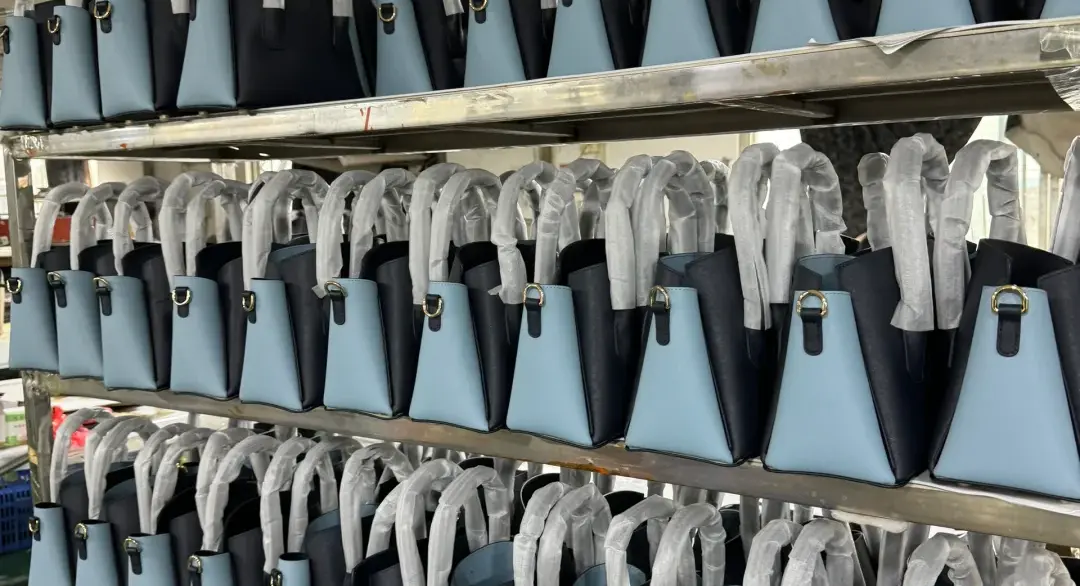
The handbag market is highly diverse, spanning from high-end designer brands with premium prices to more budget-friendly mass-market options. Regardless of the target market segment, accurately grasping the manufacturing cost and making informed trade-offs based on positioning is vital for unlocking profitability and achieving long-term success.
This article delves deep into the manufacturing cost of handbags, covering aspects such as raw materials, production processes, functional requirements, labor, overheads and tariff. The aim is to furnish a detailed understanding of the cost structure and identify potential areas for cost optimization.
Raw Materials
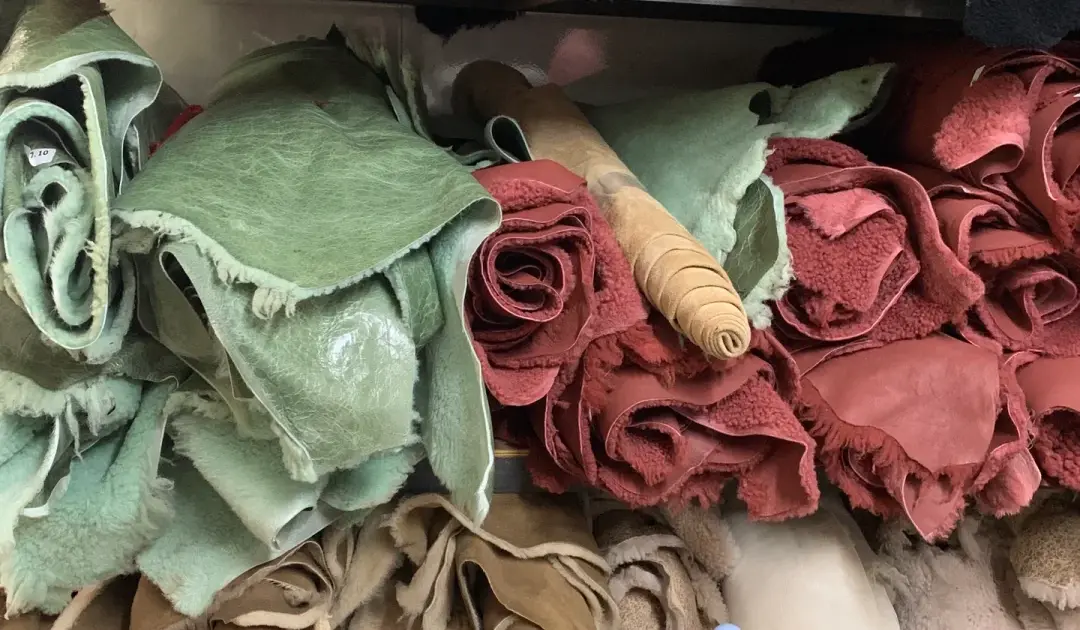
The raw materials used in handbag manufacturing are a key determinant of the overall cost. The material selection is a complex decision that considers factors like quality, durability, aesthetic appeal, and cost.
Leather remains a highly preferred material for many handbags, especially in the premium segment. Top-grain leather, known for its superior quality and natural grain pattern, is often the most expensive option. It offers a luxurious look and feel but comes at a premium price. Split leather, on the other hand, is a more economical choice while still providing some of the characteristics of genuine leather. PU (Polyurethane) and PVC (Polyvinyl Chloride) are synthetic alternatives that mimic the appearance of leather but are typically more affordable. Recycled leather, as an eco-friendly option, is gaining popularity but may have its own cost implications depending on the sourcing and processing methods.
Fabrics for the lining of handbags also vary widely. Canvas is a durable option that provides sturdiness but may add to the weight. Polyester linings are lightweight and cost-effective but might not offer the same level of durability. The density and weave of the fabric can influence its price and performance.
Hardware components, such as zippers, clasps, buckles, and handles, contribute significantly to both the functionality and aesthetic of the handbag. High-quality zippers from renowned brands like YKK are often preferred for their smooth operation and durability, but they come at a higher cost compared to generic zippers. The choice of metal for the hardware, whether it's stainless steel, brass, or alloys, and the finish, such as chrome plating or gold plating, can greatly impact the price. The thickness and quality of the plating determine its longevity and appearance but also add to the cost.
In addition to the main materials, other elements like stitching thread, adhesives, and reinforcements also play a role. Specialized threads for enhanced strength and durability might cost more. High-quality adhesives ensure a secure bond but can increase the material expense.
The source and availability of raw materials also influence the cost. Materials sourced from specific regions or manufacturers known for their quality and reputation may command a higher price. Seasonal variations in material availability can lead to price fluctuations. Moreover, the demand for certain materials and trends in the fashion industry can affect their prices. For example, if a particular type of leather or fabric becomes highly sought-after, its price may increase.
Production Processes
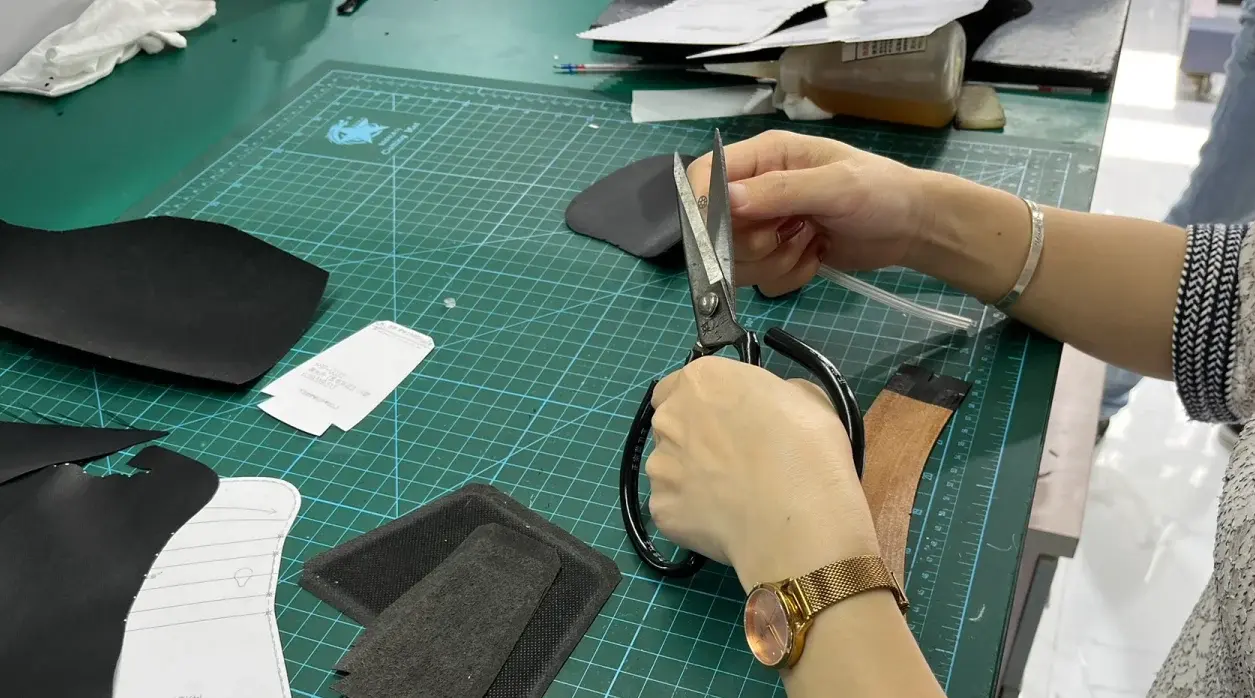
The production processes involved in handbag manufacturing are highly complex and diverse, each step influencing the final cost and quality of the product.
Pattern-making is the foundation of the manufacturing process. Skilled pattern-makers create precise templates that dictate the shape, size, and structure of the handbag. This stage requires a deep understanding of design principles, as even minor inaccuracies can lead to significant production issues. Advanced computer-aided design (CAD) software is often used to create digital patterns, allowing for greater precision and the ability to make quick modifications. However, the investment in such software and the training of personnel to operate it adds to the initial costs.
Cutting the materials is a crucial step that demands accuracy and efficiency. Automated cutting machines can handle large volumes of materials with speed and precision, but they require significant capital investment and maintenance. For smaller production runs or complex designs, hand cutting by experienced workers is still preferred, although it is more time-consuming. The type of cutting tools and the quality of the blades also affect the smoothness of the cuts and the wastage of materials.
Sewing and assembly are where the handbag takes shape. Skilled sewers use a variety of stitches and techniques to join the components together. Double stitching for added strength in stress areas, or decorative stitching for aesthetic appeal, all contribute to the labor cost. The type of sewing machine used, such as industrial lockstitch or overlock machines, influences the speed and quality of the sewing process.
Finishing processes include edge painting, buffing, and adding any final touches like logo embossing or additional decorative elements. These steps enhance the overall appearance and professionalism of the handbag. Edge painting, for example, requires a steady hand and the right type of paint to ensure a clean and durable finish.
It's important to note that the complexity of the production process varies depending on the type of handbag. Generally, in terms of process complexity: structured are the most complex, followed by semi-structured, and then soft. Structured bags require more precise cutting, reinforced stitching, and additional shaping techniques to maintain their firm structure. Semi-structured bags have some shaping but are less rigid, while soft bags offer more flexibility in the manufacturing process.
In addition to these main processes, there are numerous sub-processes such as reinforcing stress points, attaching interfacing for added structure, and installing inner pockets and compartments. The complexity of these additional elements depends on the design and functionality of the handbag.
Functional Requirements
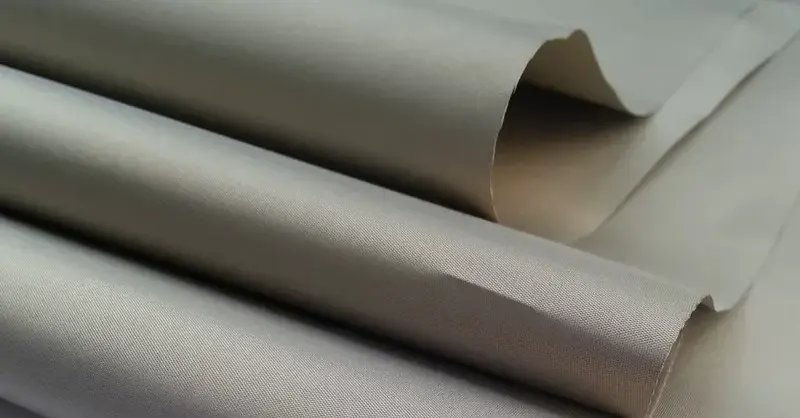
Functional requirements in handbag manufacturing play a significant role in determining both the cost and the appeal of the final product to consumers.
RFID (Radio Frequency Identification) blocking has become an increasingly important feature, especially for those concerned with protecting personal information. To incorporate this functionality, specialized materials or linings with RFID-blocking capabilities are needed. These materials often have a higher cost due to their specific technology and limited availability.
Water resistance is another sought-after feature, particularly for handbags that might be exposed to various weather conditions. Achieving water resistance typically involves using treated fabrics or applying waterproof coatings. These coatings need to be of high quality to ensure long-lasting protection and may require additional manufacturing steps, such as heat treatment or multiple layers of application.
Anti-theft features, such as lockable compartments or hidden pockets, are also in demand. Incorporating these elements requires complex design and additional hardware, which can increase the production cost. The choice of secure locking mechanisms and the integration of these into the bag's structure add to the complexity.
Expandable or collapsible designs offer flexibility in storage capacity. This functionality often involves the use of mechanisms like zippers or hidden panels that can be extended or retracted. The quality and durability of these mechanisms, as well as their seamless integration into the bag's design, are crucial and can contribute to the overall cost.
Some handbags are designed with charging capabilities for electronic devices. This requires the integration of charging ports, cables, and power banks, along with appropriate insulation and safety measures. The cost of these components, as well as the expertise needed to install them correctly, adds to the manufacturing expense.
Lightweight and portability are important considerations for certain consumers. Using lightweight yet durable materials and optimizing the bag's design to minimize weight without sacrificing strength can be a challenge. Specialized materials or construction techniques may be employed to achieve this, which can have an impact on cost.
In addition to these specific features, the overall usability and accessibility of the bag's compartments and pockets also contribute to its functional appeal. Thoughtful design that allows for easy organization and retrieval of items enhances the user experience but may require more time and effort during the manufacturing process.
Meeting these diverse functional requirements often requires close collaboration between designers, engineers, and production teams to ensure that the final product not only functions well but also remains cost-effective and competitive in the market.
Labor, Overheads and Tariff
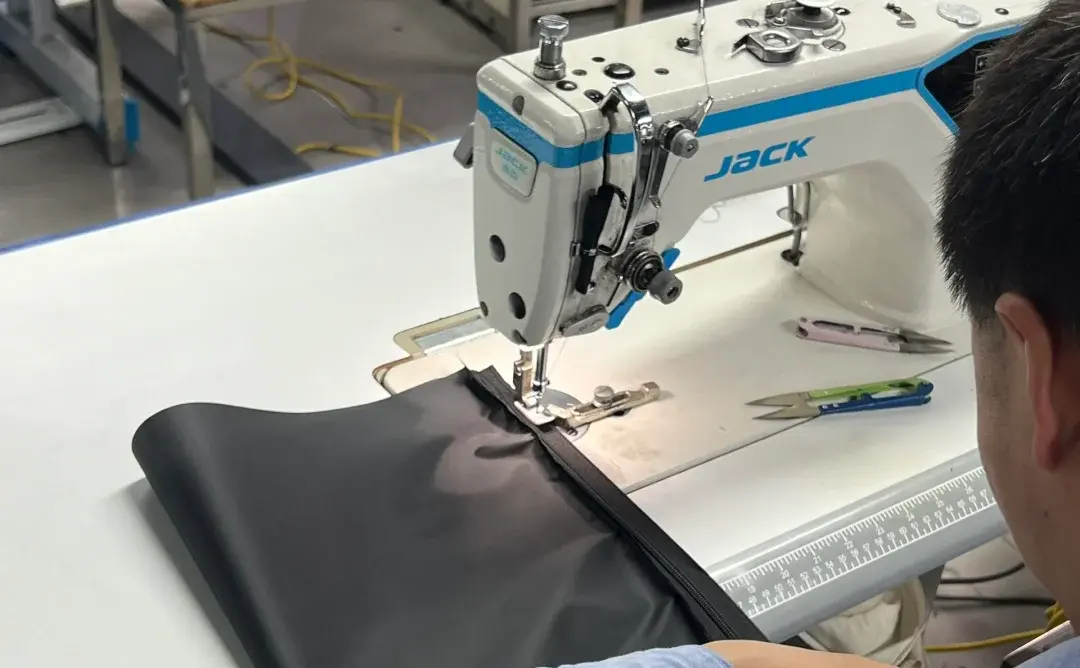
The factors of labor, overheads, and tariff are closely intertwined and highly dependent on the geographical location of the suppliers.
China has long been recognized as a dominant force in handbag production, boasting a well-established industrial chain and a vast pool of experienced and skilled workers. This has historically provided significant advantages in terms of production capabilities and efficiency.
However, in recent years, several factors have contributed to an escalation of costs within the Chinese handbag manufacturing sector. The continuous increase in labor wages is a prominent issue. As living standards rise and labor laws evolve, workers' compensation has steadily climbed. Simultaneously, factory rents, particularly in prime industrial locations, have soared, adding to the operational expenses.
The impact of the China-US trade war has also played a role. Tariff impositions and trade uncertainties have disrupted supply chains and increased the cost of doing business for handbag manufacturers dealing with the US market.
In response to these challenges, many factories have sought alternative locations. Some have moved to inland areas of China, where labor and rent costs might be relatively lower. Others have ventured to Southeast Asian countries like Cambodia. These regions offer lower labor and operational costs, providing an opportunity to reduce overall manufacturing expenses.
For instance, companies like J.D. have strategically established factories in both Sichuan, China, and Cambodia. The decision to expand into these areas not only helps in cutting costs but also allows for flexibility in responding to market demands and trade dynamics.
It's important to note that factory size also influences management costs. Larger factories often face higher management expenses due to the need for more extensive administrative structures and supervision. However, they can benefit from economies of scale and standardized processes, which can lead to more stable and controllable product quality. Smaller factories might have lower management overheads but could potentially struggle with maintaining consistent quality standards across their production lines.
Conclusion: Mastering Costs for Success
Through the previous sections, you should now have a clear understanding of the factors that influence manufacturing costs. When the manufacturing cost of a product is too high, you can discuss the situation with the manufacturer by communicating your target price, detailing the product requirements, and specifying the order quantity. Together, you can formulate solutions.
For instance, J.D. considers factors such as the customer's target price, quality requirements, order quantity, and the complexity of the handbag to decide whether to produce in mainland China or Cambodia. Based on the target price, J.D. also provides modification suggestions for the customer's product. By engaging in open and collaborative communication, manufacturers and clients can work together to strike a balance between cost, quality, and production feasibility, ensuring the success of the handbag manufacturing venture.